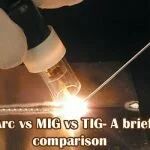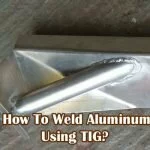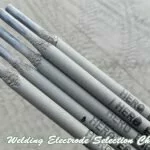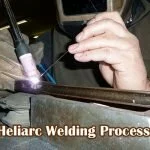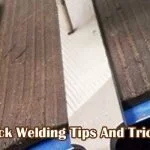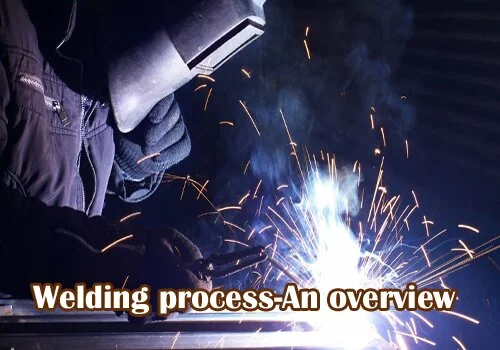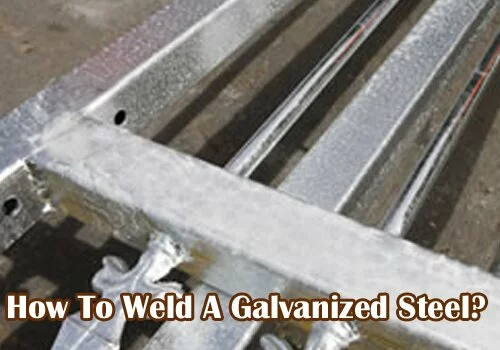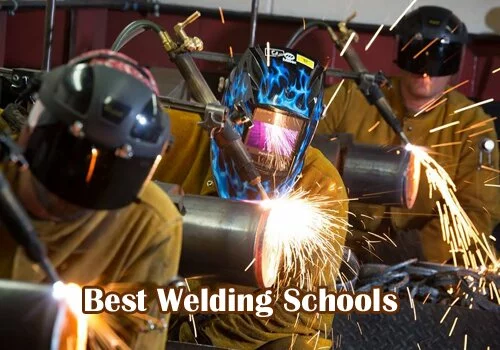Similar to other professions which require drafting, welding also involves the use of several symbols to simplify the communication between the designer and the welder. This particular language looks weird and difficult to learn all at once. It is hence preferred to learn it one by one to master the art of welding.
So, how do you learn those strange symbols by yourself? No worries. We have featured this article with certain basic symbols and their descriptions. Proceed reading to know them.
What are the elements of the welding symbol?
The welding symbol may include the following major elements such as
- The reference line
- Arrow
- Basic weld symbol
- Dimensions and other data
- Supplementary symbols
- Finish symbols
- Tail
- Specifications, process or other references
The reference line
The reference line is a mandatory line to be drawn in a welding symbol. It is a horizontal line which contains all the other required information drawn on or around it. It must be placed on the drawing near the joint it describes.
The arrow
The arrow is another mandatory part of a symbol. It is supposed to be placed at one or other end of the reference line and it helps in connecting the reference line to the joint that is to be welded. Often there are two joints in the symbol to which the arrow points. The welding symbol differentiates between the two sides of a joint by using the arrow and space above and below the reference line. The side which the arrow point is known as the arrow side and the welding is made with the instructions below the reference line. The other place is known as the other side and the welding is made above the reference line.
Basic symbols
Every other type of the welding symbol has its own basic symbol that is placed near the center of the reference line. The welding symbol is a small drawing and is interpreted as a cross section of the weld. The most common basic symbols to learn include Bead, fillet, Plug or slot, Groove or butt. The groove or butt is categorized into square, V, Bevel, U, J, Flare V, Flare bevel. It takes time to learn all these symbols and the types they represent.
Dimensions and angles
Numbers play a major role in welding depiction. Numbers are useful for depicting information such as the width, depth, root opening, length of the weld and the angle of the bevel required on the base metal. These are all communicated by drawing above or below the reference line.
In general, the width is represented on the right side while the length is represented to the left side. The dimensions written below the reference line apply to the joint on the arrow side whereas the dimensions above the reference line refer to the joints on the other side.
Supplementary symbols
Two other symbols may be inserted at the place where the reference line and the leader line intersect. These are used when welding circular objects which require welding on all the sides.
Finish symbols
They are represented above the reference lines and indicate the finish or surface contour of the weld.
Tail
The forked tail in a welding symbol helps in conveying the parts that are not associated with the normal parameters present in the reference line. It is omitted if it requires no special permissions.
Other references
After learning the basics those instructions printed on a shop drawing gives you many other particulars such as the finish and contour instructions, Countersink and chamfer specs, grindings or another machining, spot or plug weld instructions.
Have we missed anything?Write to us so that we will include them.
